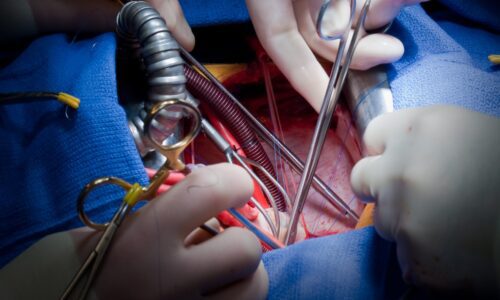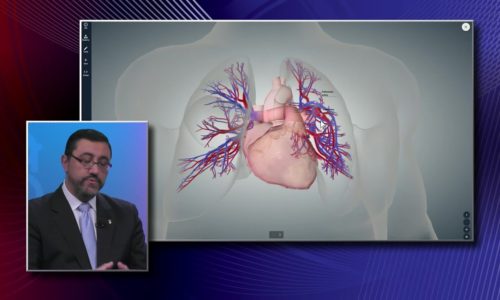Superficial Veins & Deep Veins |
Superficial veins are veins that are located in the fatty layer. Deep veins tend to run deeper in the body, near through muscles, in the deep cavities of the body with an adjacent artery, explains Dr. Chaminda Jayanetti, Vascular Surgeon with Miami Cardiac & Vascular Institute.
Varicose veins tend to make veins larger and function less effectively in the role of returning blood back to the heart. Venous diseases can affect patients’ lifestyle, because it can make them feel less active, more tired, less energetic and it can cause a lot of problems in the skin and vein thrombosis, he says.
Transcript
So now doctor if you could explain the difference between superficial veins and deep veins what are the difference of those superficial veins are veins that are basically located in the fatty layer just beneath the skin deep veins tend to run deeper in the body of course as their name implies near near and through muscles in the deep cavities of the body they’re often accompanied by an adjacent artery and that those are some of the basic differences between a deep and superficial vein and what effect does venous diseases have on our veins basically venous disease in its most common form which is varicose veins tends to make veins larger and function less effectively in that role of returning blood back to the heart and then the venous diseases then have an effect on our overall health as well right yeah they can venous disease has can have an enormous impact on a patient’s lifestyle it can make them feel less a-kor want to be less active more tired less energetic exactly it can cause a lot of problems in the skin for example in the legs and it can also cause some more severe problems such as deep vein thrombosis and its effects you








